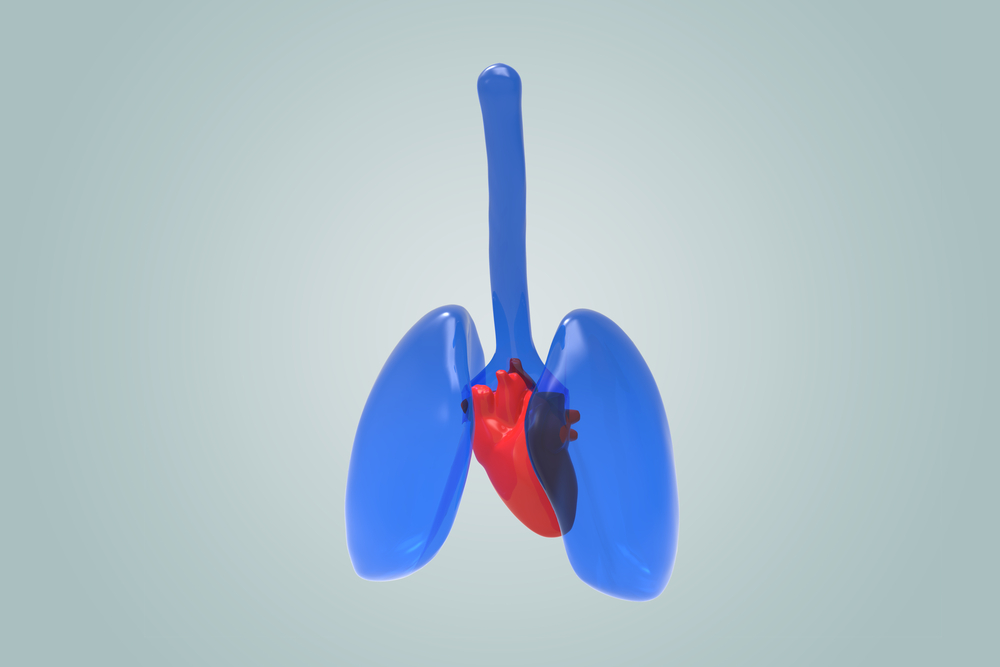Salidroside Decreases Lung Pathology Associated with Pulmonary Arterial Hypertension

In a new study entitled “Salidroside attenuates chronic hypoxia-induced pulmonary hypertension via adenosine A2a receptor related mitochondria-dependent apoptosis pathway,” the authors report on the beneficial effects of salidroside in treating hypoxia-induced pulmonary arterial hypertension by decreasing arterial remodeling and promoting pulmonary arterial smooth muscle cells apoptosis. The study was published in the Journal of Molecular and Cellular Cardiology.
Pulmonary arterial hypertension (PAH) is one form of pulmonary hypertension and is a condition characterized by an abnormal constriction of lung arteries, leading to increased resistance to blood flow and higher pulmonary arterial pressure. As a consequence, the heart has to make an extra effort to pump blood, often resulting in heart failure and death. Vascular arterial remodeling is a key pathological feature of PAH and is due to excessive proliferation and smooth muscle cells resistance to apoptosis (programmed cell death). A therapeutic approach against PAH may be able to be achieved by inhibiting cell proliferation and inducing cell death.
[adrotate group=”4″]
In this study, the authors tested whether Salidroside, an active compound isolated from Rhodiola rosea, is a beneficial therapeutic against PAH. Salidroside is used to treat high altitude sickness and acute exacerbation of PAH. The team used a mouse model of hypoxia-induced PAH to investigate the effects of salidroside on PAH. Mice were administered increasing doses of salidroside at 16 mg/kg, 32 mg/kg, and 64 mg/kg. The team performed sections of the right lung to determine the extent of pulmonary arterial remodeling and measured heart right ventricule hyperthrophy (the increased workload upon the heart causes hypertrophy, i.e., increased volume of the right ventricle). They observed that while in the control mice chronic hypoxia exposure induced right ventricle hypertrophy and thickening of pulmonary arterioles due to pulmonary arterial remodeling, mice treated with salidroside exhibited a significant decrease in the pathology of PAH. The team performed further studies to identify the mechanism via which salidroside induced its effects. They showed that salidroside induced the expression of adenosine A2a receptor in hypoxia-PAH mice lungs, a receptor highly abundant in the pulmonary artery, previously shown to exert protective effects against PAH. Additionally, the authors observed that salidroside induces apoptosis of pulmonary arterial smooth muscle cells (PASMCs) by activating a mitochondria-dependent apoptosis program.
[adrotate group=”3″]
The team postulated that salidroside might promote protection against hypoxia-induced PAH by inducing mitochondria-dependent apoptosis via expression of adenosine A2a receptor. These findings may lead to additional studies on salidroside and its future use as an hypoxic pulmonary hypertension therapeutic.







